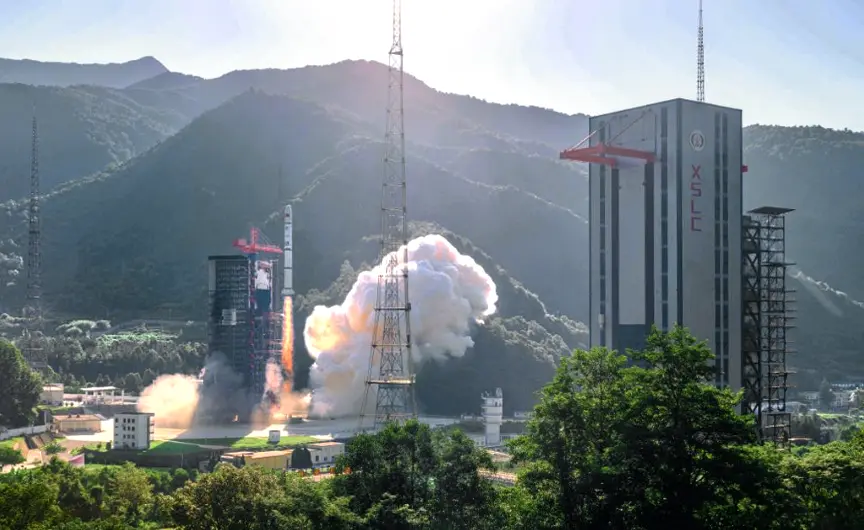

|
||

China launched a notable 67 commercial rockets in a single year, marking a significant effort to catch up with the United States, which led with 116 launches, primarily for SpaceX’s Starlink project. This effort included a launch aimed at establishing China’s version of a space-based network akin to Starlink, showcasing its ambition to enhance its communications, navigation, and sensing capabilities from space.
Ukraine’s satellite reliance: The ongoing conflict in Ukraine highlighted the strategic importance of satellite internet services like Starlink, which have been instrumental for Ukrainian forces in countering communication disruptions and guiding weaponry. This situation underscores the critical role of satellite networks in modern warfare and communications.
Western military interest: The U.S. and its NATO allies are increasingly adopting satellite internet technologies for their strategic and operational benefits, including tests in challenging environments like the Arctic. However, concerns have arisen over SpaceX’s reliability as a military asset, given instances of service restrictions in conflict zones and areas of strategic interest.
China’s satellite internet vision: China has been progressing towards launching its own global satellite internet network to significantly boost the value of its domestic satellite communications industry and enhance broadband access nationwide. This endeavor reflects China’s strategic goal to secure a foothold in low-earth orbit, recognizing the limited availability of space and frequencies for such ventures.
Development and challenges: Despite the evident ambition, China’s satellite internet project is still in the experimental phase, with recent launches indicating an accelerated pace of development. However, the project faces challenges, including the need for a large number of satellites to maintain coverage and technical obstacles like cost-effective launches and user terminal technology.
The big picture: China’s push to establish a formidable presence in satellite internet showcases its determination to match and possibly surpass global competitors like SpaceX. Despite the hurdles, China’s track record in technology development suggests a serious commitment to overcoming these challenges and achieving significant advancements in the satellite internet arena.
Sponsored byWhoisXML API

Sponsored byIPv4.Global

Sponsored byRadix

Sponsored byCSC

Sponsored byDNIB.com

Sponsored byVerisign

Sponsored byVerisign
